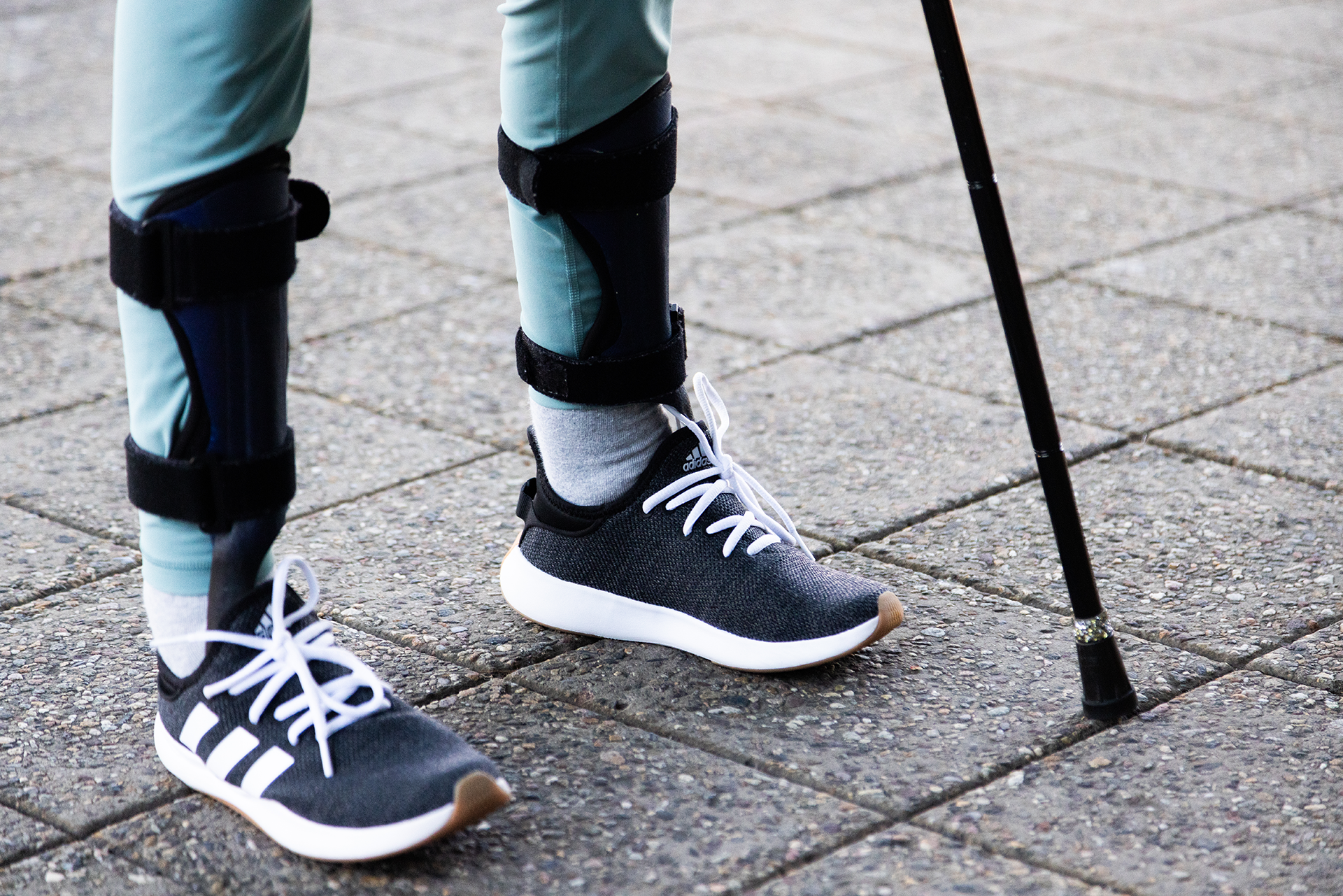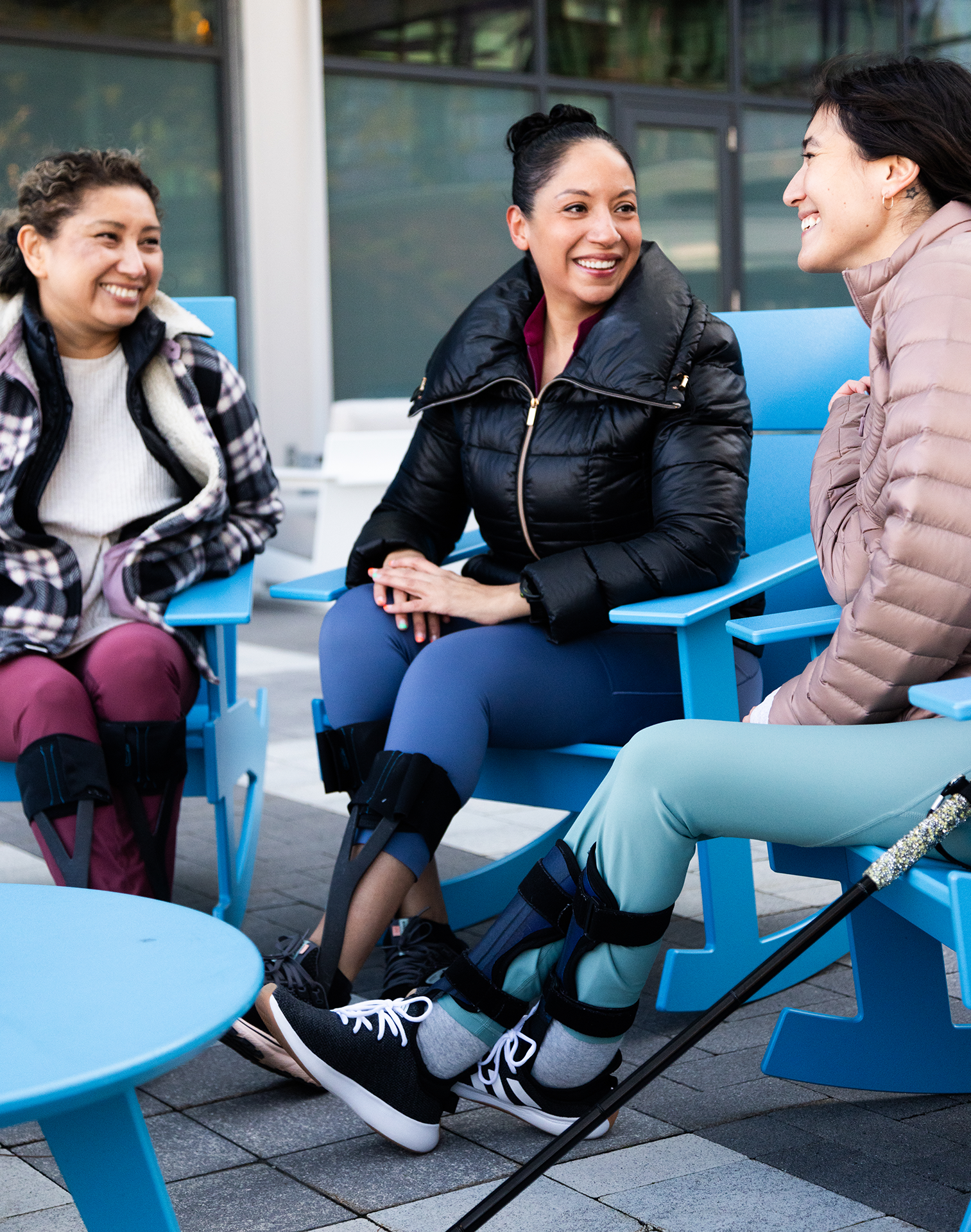Challenges of Traditional Bracing
Many people with CMT have experienced poor results from previous AFOs leaving them less inclined to explore other orthotic options. Parents who have had disappointing experiences are far less likely to have affected children referred for bracing. Traditional plastic AFOs are functionally underwhelming as the plastic is hot, heavy, bulky, and often requires multiple adjustments to address discomfort or skin damage. Worst of all, these AFOs don’t allow normal foot and ankle motion which decreases foot and ankle function. These AFOs along with more flexible, less bulky AFOs designed to address foot drop alone, do not provide enough of a functional benefit to be worth wearing. The truth is nobody wants to wear AFOs or oversized less fashionable shoes unless the functional benefit is a grand slam.




